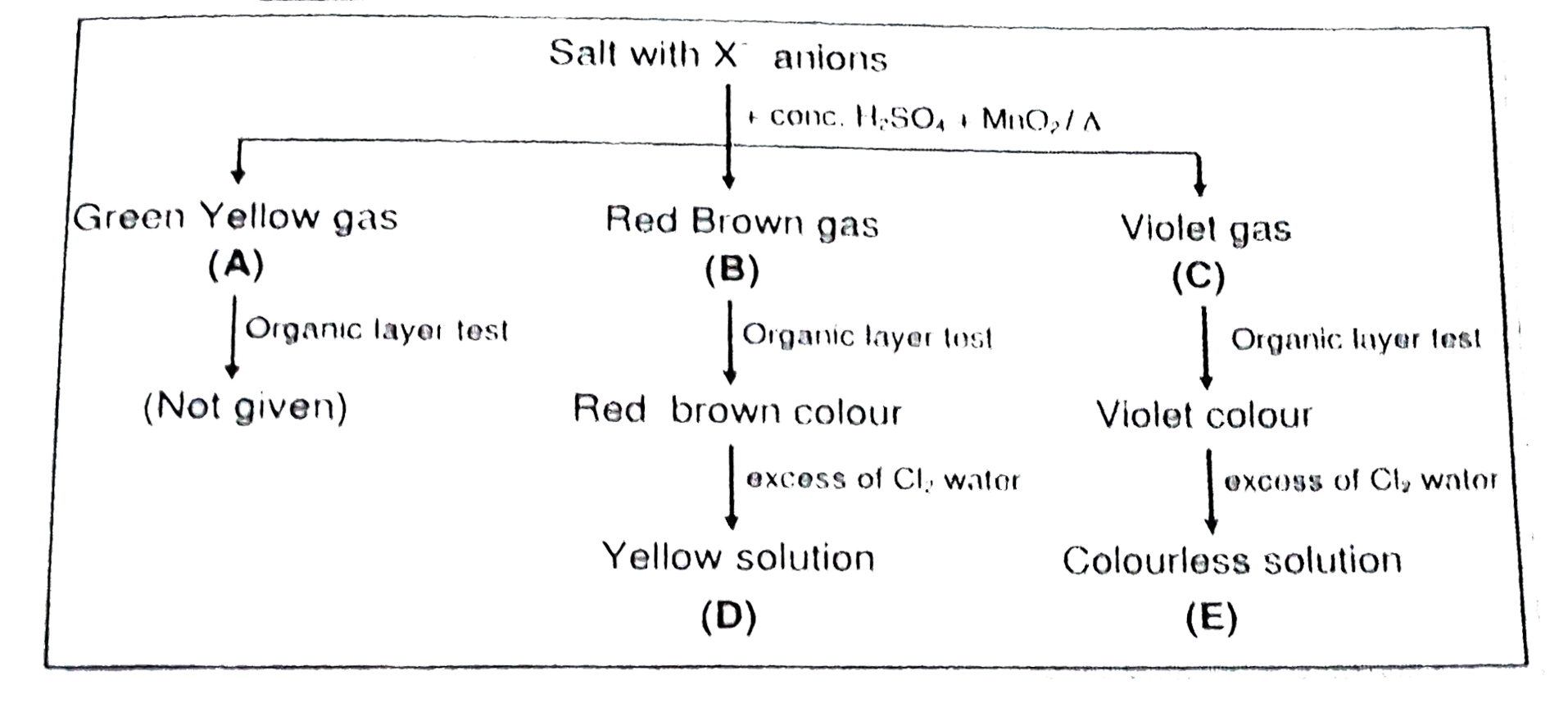A solid compound 'A' decomposes on heating into'B' and a gas 'C' .On passing the gas 'C' through water,it becomes acidic .Identify A,B and C.
CaCO3(s)(A)→CaCO(s)(B)+CO2(g)(C)
Calcium carbonate decomposes into solid calcium oxide and a gas CO2 This CO2 dissolves in water and forms carbonic acid.
H2O+CO2(C)→H2CO3Carbonic acid
Topper's Solved these Questions
- BOOK - FULL MARKSCHAPTER - TYPES OF CHEMICAL REACTIONSEXERCISE - Textual Evalution solved (Solve the following problems.)4videos
TYPES OF CHEMICAL REACTIONS
- BOOK - FULL MARKSCHAPTER - TYPES OF CHEMICAL REACTIONSEXERCISE - Additional question solved (Choose the best answer)47videos
TYPES OF CHEMICAL REACTIONS
- BOOK - FULL MARKSCHAPTER - TYPES OF CHEMICAL REACTIONSEXERCISE - Textual Evalution solved (Answer in detail)5videos
TYPES OF CHEMICAL REACTIONS
- BOOK - FULL MARKSCHAPTER - SOLUTIONSEXERCISE - ACTIVITY1videos
SOLUTIONS
Similar Questions
Knowledge Check
- Question 1 - Select One
An inorganic salt (A) is decomposed on heating to give two products (B) and (C). Compound (C) is a liquid at room temperature and is neutral to litmus while compound (B) is a colourless neutral gas. Compounds (A), (B) and (C) are
ANH4NO3,N2O,H2OBNH4NO2,NO,H2OCCaO,H2O,CaCl2DBa(NO3)2,H2O,NO2
A salt 'A' on heating forms the oxide of the metal 'B' and a gas 'C'. 'B' is used in white washing . When C is passed through water it forms 'D'. Identify A, B, C and D. Justify the usage of 'C' for the above purpose.
View SolutionA salt 'A' on heating forms the oxide of the metal 'B' and a gas 'C'. 'B' is used in white washing . When C is passed through water it forms 'D'. Identify A, B, C and D. Justify the usage of 'C' for the above purpose.
View SolutionSalt A commonly used in bakery products on heating gets converted into another salt B which itself used for removal of hardness of water and a gas C is evolved. The gas C when passed through lime water, turns it milky . Identify A,B and C.
View SolutionSalt A commonly used in bakery products on heating gets converted into another salt B which itself is used for removal of hardness of water and a gas C is evolved. The gas C when passed through lime water, turns it milky. Identify A, B and C.
View SolutionOn heating lead (II) nitrate gives a brown gas " A". The gas " A" on cooling changes to colourless solid "B" . Solid B on heating with NO changes to a blue solid 'C . Identify ' A', 'B' and' C and also write reactions involved and draw the structures of 'B' and 'C' .
View SolutionOn heating lead (II) nitrate gives a brown gas " A". The gas " A" on cooling changes to colourless solid "B" . Solid B on heating with NO changes to a blue solid 'C . Identify ' A', 'B' and' C and also write reactions involved and draw the structures of 'B' and 'C' .
View SolutionElement 'A' burns in nitrogen to give an ionic compound 'B' which reacts with water to give 'C' and 'D'. The solution of 'C' becomes milky on bubbling carbon dioxide gas. Identify the compounds A, B, C and D.
View Solution


